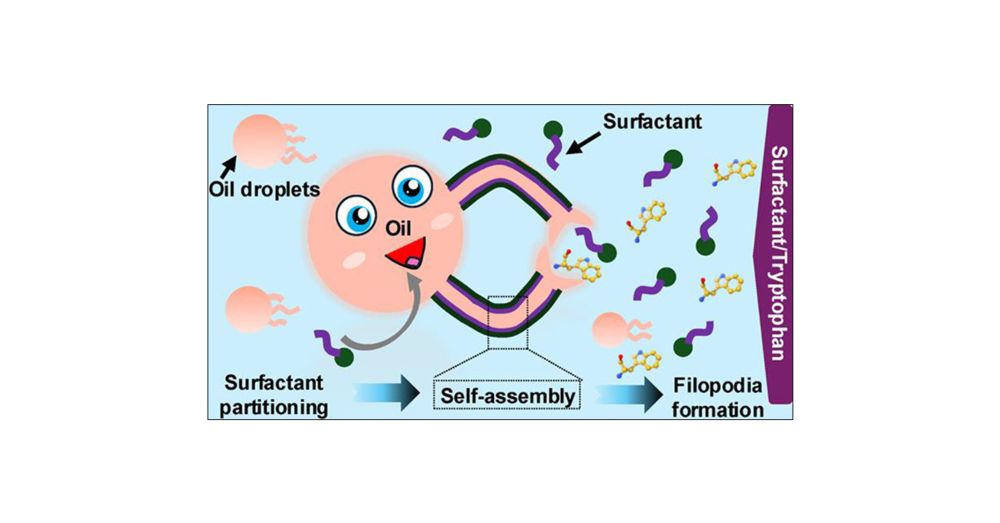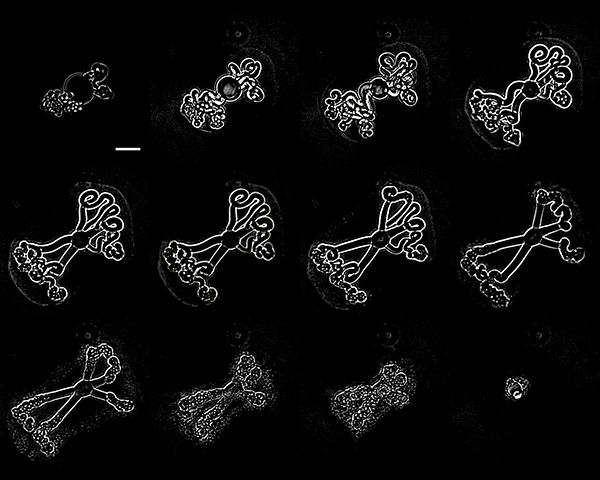Posts
Media
Videos
Starter Packs
Pinned
Reposted
Reposted
Ayusman Sen
@ayusmansen.bsky.social
· Jun 28

Non-reciprocal chemotactic movement in enzyme cascade under flow-free conditions
Sapre et al. showcase a hydrogel-based microfluidic device that creates chemical gradients
under flow-free conditions for studying enzyme-powered chemotaxis. The setup allows
long-term observation of ...
www.cell.com
Reposted




